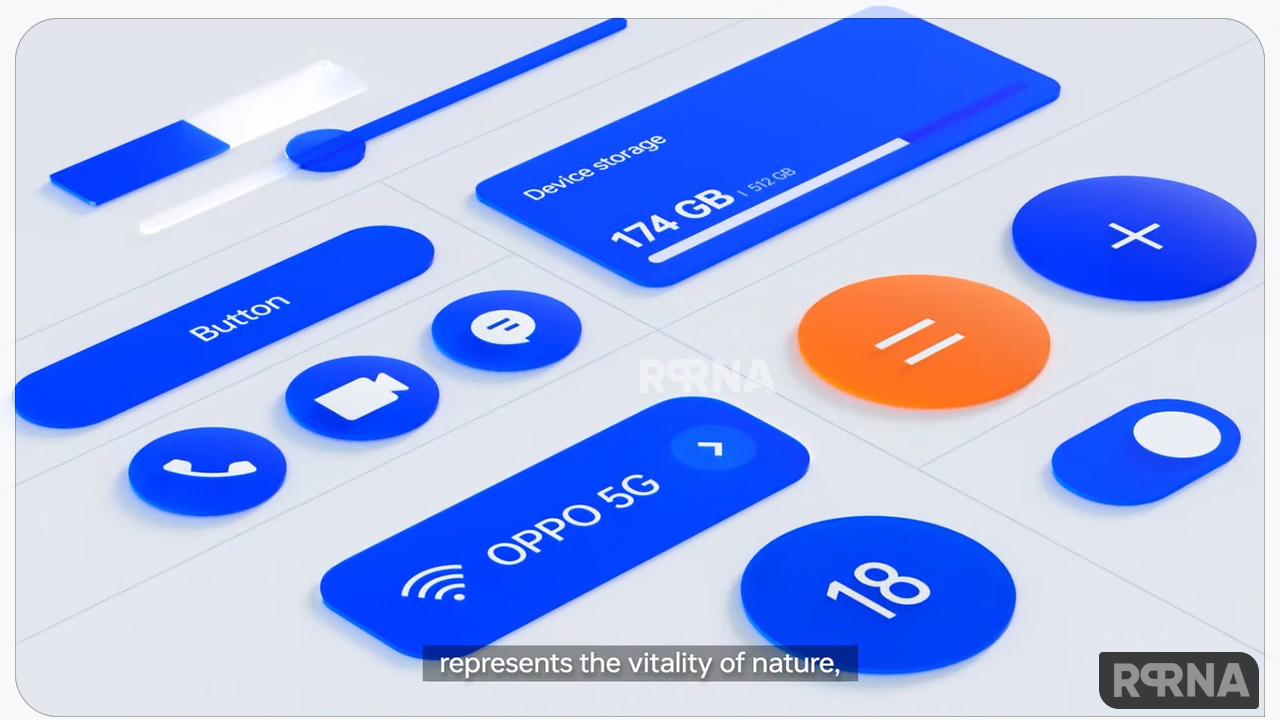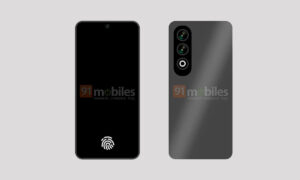In any smartphone, the notification panel plays an important role, where you can quickly access your alerts, notifications, and shortcuts. As we know, the notification panel is located at the top of the screen of your mobile device. Well, in this article, we’re going to compare the Notification Panel of two different OS that is OxygenOS 13 and ColorOS 13.
“JOIN US ON TELEGRAM”
We know that the notification panel is hidden on the home screen and you can access it by swiping it down from the top of the screen. It can be accessed from any menu or program. As said before, here you can tap the notification to view additional information, open related apps, or control device features and that’s really cool.
Also, to clear all your notifications from your smartphone except for ongoing messages, touch Clear notifications. You can remove individual notifications by touching the notification and swiping left or right.

OxygenOS 13 vs ColorOS 13: Notification Panel
The Notification Panel or Notification Center is coming soon in OxygenOS and ColorOS 13 in the stable version. The Media controls were tested in the Quick Settings panel with the usual hotkeys. It’s hard to argue that this limits usability and discards identity.
Many Chinese OEMs have done similar things, so it’s a little disappointing to see the Settings panel and Notification Center being ditched in favor of this iOS-lite mix for a simple snap. To make OxygenOS 13 similar to ColorOS 13, several changes have been made to the Settings menu and related sub-menus.

You can see this quickly by injecting color into the Settings section icon. There are other changes too, such as the About phone page, which is now the same on both devices, including a share button for sending or posting device details to apps and other services.
In case you’re wondering if the changes are fully integrated, even the SystemUI icon under Process and Battery now has the same icon in OxygenOS and ColorOS 13, based on Oppo’s system icon design.
The big problem with this update option is that years ago OnePlus almost sold the device for a clean and lightweight version of OxygenOS, which offered a real alternative to the Google Pixel series.
















